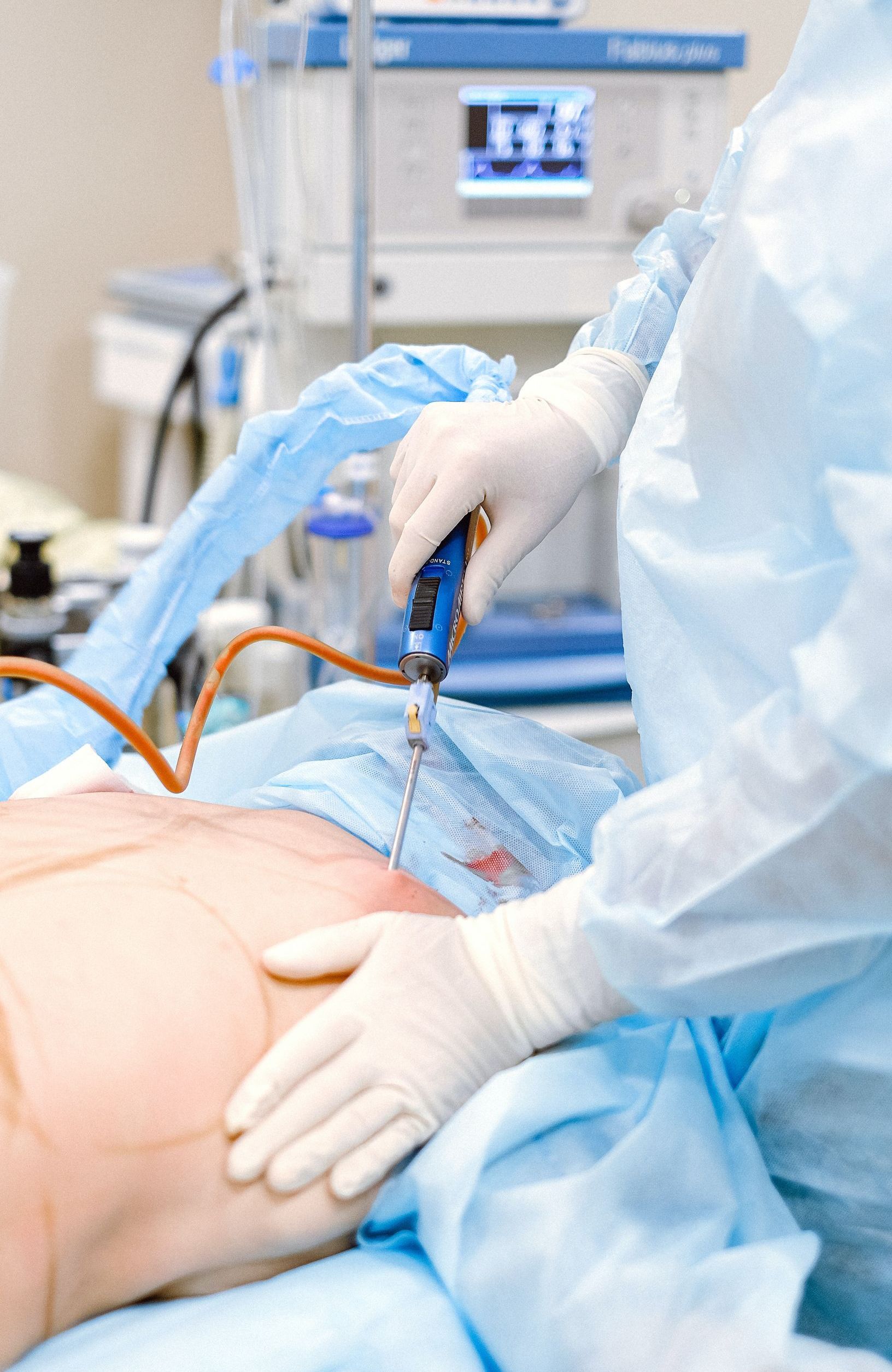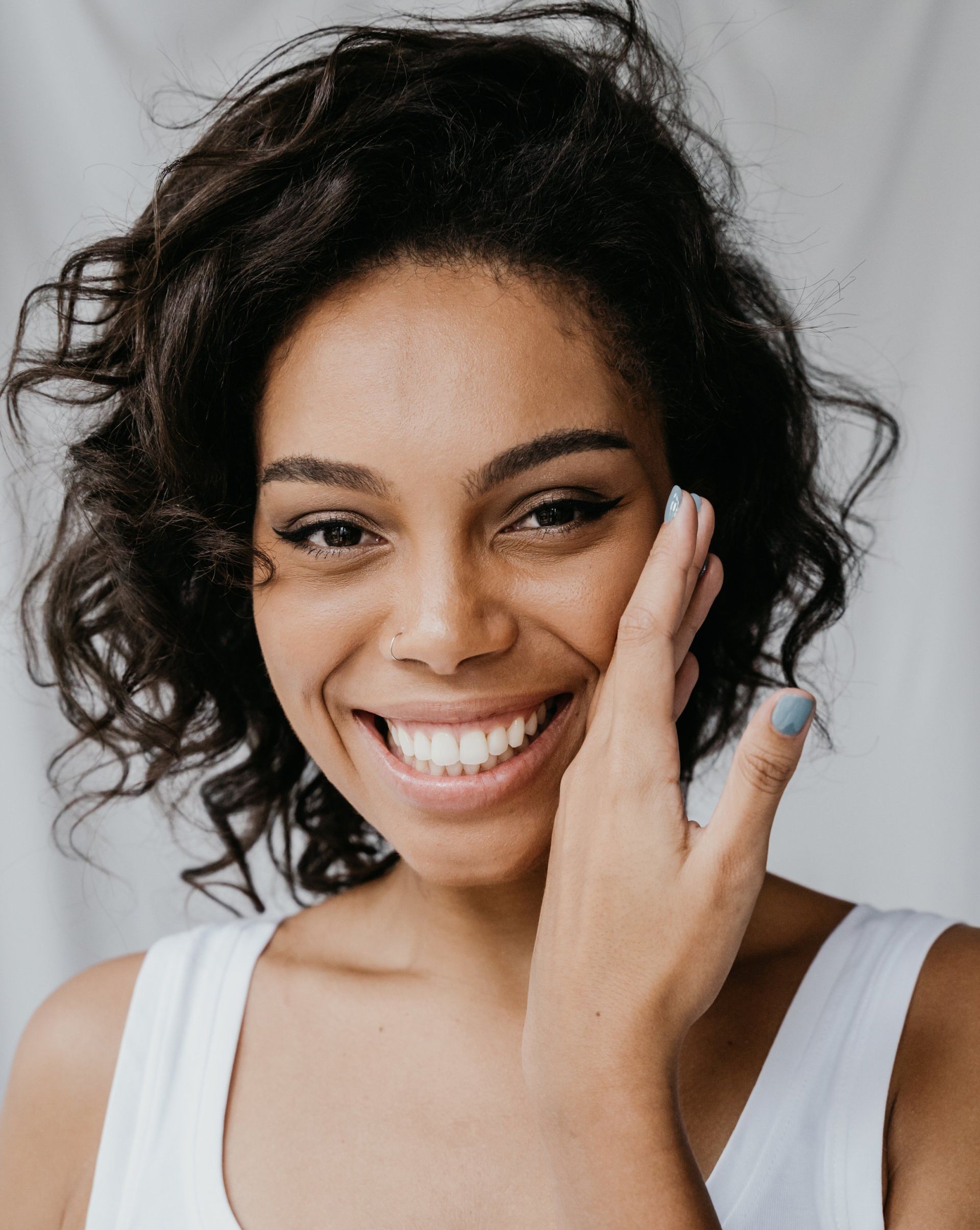Fat Transfer
Surgical excellence at its finest
Key facts
Fat transfer, also known as fat grafting or fat injections, is a procedure that offers a natural and long-lasting solution for facial rejuvenation and enhancement.
How it works: injections with your own fat
Anaesthesia: local or general anaesthesia
Recovery time: 3-5 days
Results: after swelling has settled down
Lasts: permanent
What is a fat transfer?
Fat transfer, also known as fat grafting or fat injections, is a procedure that offers a natural and long-lasting solution for facial rejuvenation and enhancement.
As we age, the face naturally loses volume and begins to show signs of sagging and wrinkles. A fat transfer addresses these concerns by using the patient's own fat cells to restore volume, improve contours, and rejuvenate the overall appearance.
In the same way that fillers are used to plump your cheeks and fill wrinkles, your own natural fat cells can be injected for lasting results. The beauty of a fat transfer is that your body recognises your own fat cells, and they become integrated into the area for long-term results.
Should I undergo a fat transfer?
A fat transfer is a good procedure for anyone who wants to restore the lost volume in their face.
During your consultation, Dr. Gino Vissers will assess your facial anatomy, and the potential areas of your body where fat can be harvested from, and determine whether you are a good candidate for a fat transfer.
A fat transfer can treat any of the following issues:
- Volume loss in the cheeks
- Volume loss in the forehead and temples
- Under-eye hollows
- Volume loss in the lips
- Sagging corners of the mouth
- Poorly defined chin or jawline
- Wrinkles
If you would like to rejuvenate your skin with fat, have a look our Nanofat treatment.

What happens during the procedure?
During the procedure, Dr. Gino Vissers carefully extracts excess fat from donor areas, such as the abdomen or thighs, using a gentle liposuction technique. The harvested fat is then meticulously processed and purified before being injected into specific areas of the face that require enhancement or rejuvenation. These may include the cheeks, temples, lips, corners of the mouth or jawline.
A fat transfer provides several advantages over synthetic fillers, as it uses the body's natural material, reducing the risk of allergic reactions or rejection. Additionally, the transferred fat can integrate well with the surrounding tissues, providing a more natural and long-lasting result.
What to expect after a fat transfer?
Recovery after a fat transfer involves minimal downtime. You will be able to go home immediately after your procedure. Most patient resume to normal activities on the same day or within a few days. Discomfort will be minimal and can be relieved with pain medication.
Expect some mild swelling and redness in the grafted and donor areas. This is completely normal and the redness resolves quite quickly. It may take up to a few months before the swelling has completely settled.
Dr. Gino Vissers will provide detailed post-operative instructions to promote optimal healing and ensure a smooth and comfortable recovery process.



